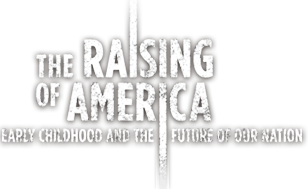Government Funded Childcare During WWII
to watch purchased videos
Add to Your Favorites
Remove from Your Favorites
Clip Transcript
NARRATOR: World War II drastically, and suddenly, propelled American women into the workforce. Dubbed “Rosie the Riveters,” they relocated to other parts of the country to work in shipyards and armament factories, many with young children in tow.
Laura Lovett, historian:
They were away from their family, they were away from the structures and networks that they could’ve depended on for childcare, and they needed somebody to watch their children. When they didn’t have any they did what they could do. They left children alone, they left children in charge of other children, they left children in often, you know, trailers.
NAR: The government responded, and approved funding for a national network of child development centers under legislation known as The Lanham Act.
Archival newsreel:
When married women with small children have to take jobs, everything possible will be done to provide day care for the children.
NAR: Lanham Act programs provided care for 600,000 kids at 3000 centers across the country.
Laura Lovett:
It focused not only on children’s development, it focused on their health, on their education, on their welfare, on nutrition. It really envisioned an investment in the children of these workers as something that would benefit the country in the long run.
NAR: When the war ended, the nation celebrated. But the Lanham Act was terminated—and most of the child care centers were shut down. Policymakers expected women, and childcare, to return to the home…but the number of working mothers would continue to grow.


